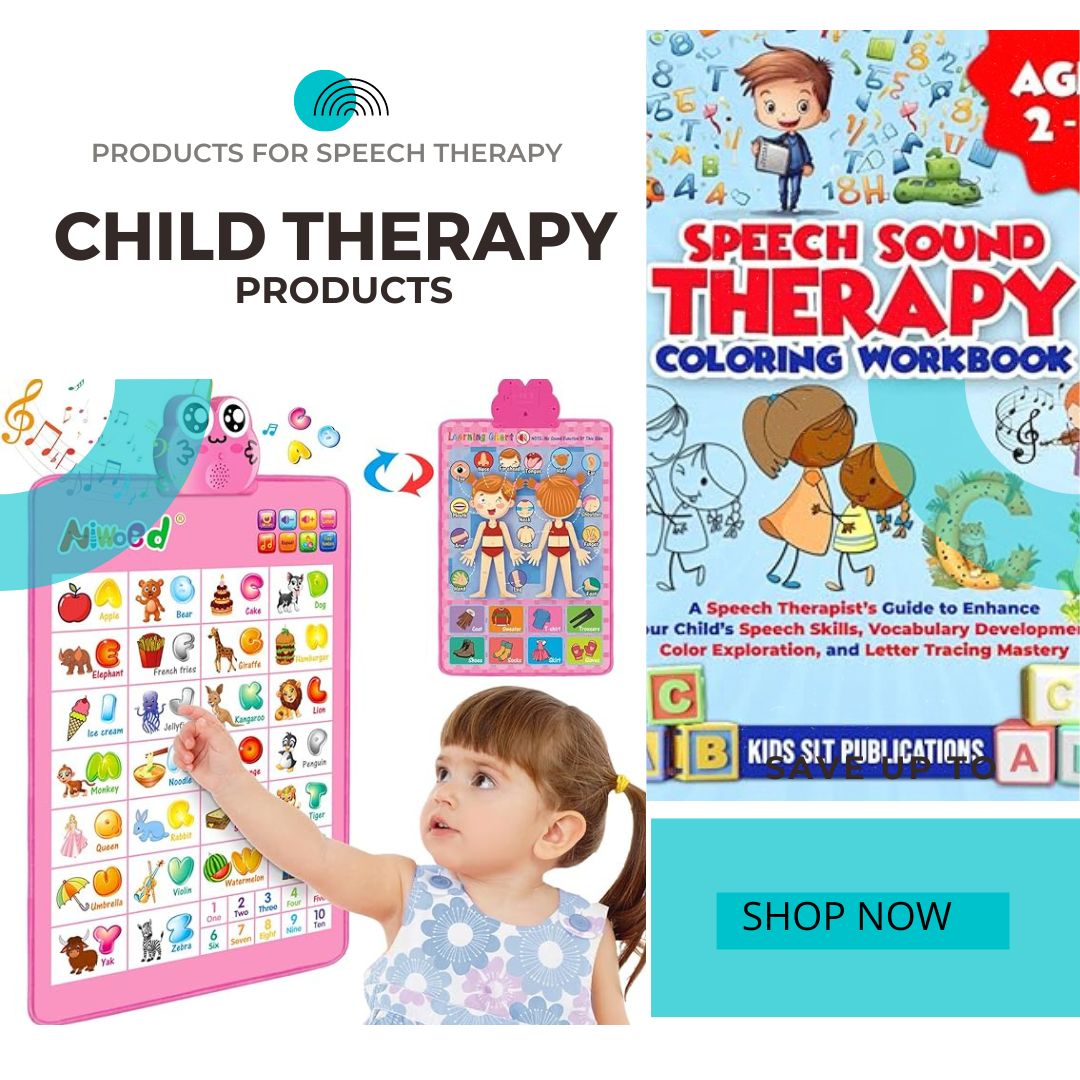Here are some speech therapy activities that can be used with elementary students. So if you looking for the full-fledged activities then try these at home or at your location.
- Articulation drills: These exercises involve practicing the correct production of specific sounds or words. For example, a student might repeat a series of words that contain the “r” sound, such as “rabbit,” “red,” and “run,” to improve their pronunciation of that sound.
- Vocabulary building: Students can work on expanding their vocabulary by learning new words and practicing using them in sentences. This can be done through activities such as matching words to their definitions, creating a word wall, or playing word games.
- Story retelling: This activity involves having students listen to a story and then retell it in their own words. This helps students improve their listening and comprehension skills, as well as their ability to organize and express their thoughts.
- Fluency exercises: Fluency issues, such as stuttering, can be addressed through activities that help students slow down their speech and focus on smooth, continuous talking. This might include techniques like taking a deep breath before speaking, using a “smooth speech” rate, or using a “speech tool” (e.g. a piece of paper or a pencil) to help with pacing.
- Pragmatic language activities: Pragmatic language refers to the social language skills that enable effective communication in different contexts. These skills can be practiced through activities such as role-playing, discussion prompts, and social problem-solving tasks.
- Reading aloud: Reading aloud can help students improve their fluency, pronunciation, and comprehension skills. It can also be a good way to practice speaking in front of others and increase confidence in oral communication.
- Writing exercises: Writing activities can help students improve their language skills, including vocabulary, grammar, and spelling. This might include activities such as writing stories, letters, or reports, or keeping a journal.
It’s important to keep in mind that each student will have unique needs and challenges, and the best speech therapy activities will depend on the individual student’s goals and abilities. A speech therapist can help identify the most appropriate activities and provide guidance on how to incorporate them into the student’s therapy plan.
In addition to working with a speech therapist, there are also ways that teachers and parents can support students’ language development at home. This might include providing opportunities for students to engage in conversations, encouraging reading for enjoyment, and providing access to a wide range of age-appropriate materials.
Overall, speech therapy activities can be a valuable resource for elementary students who are working on improving their communication skills. These activities can help students build confidence and express themselves more effectively, leading to increased success in school and in their personal lives.




